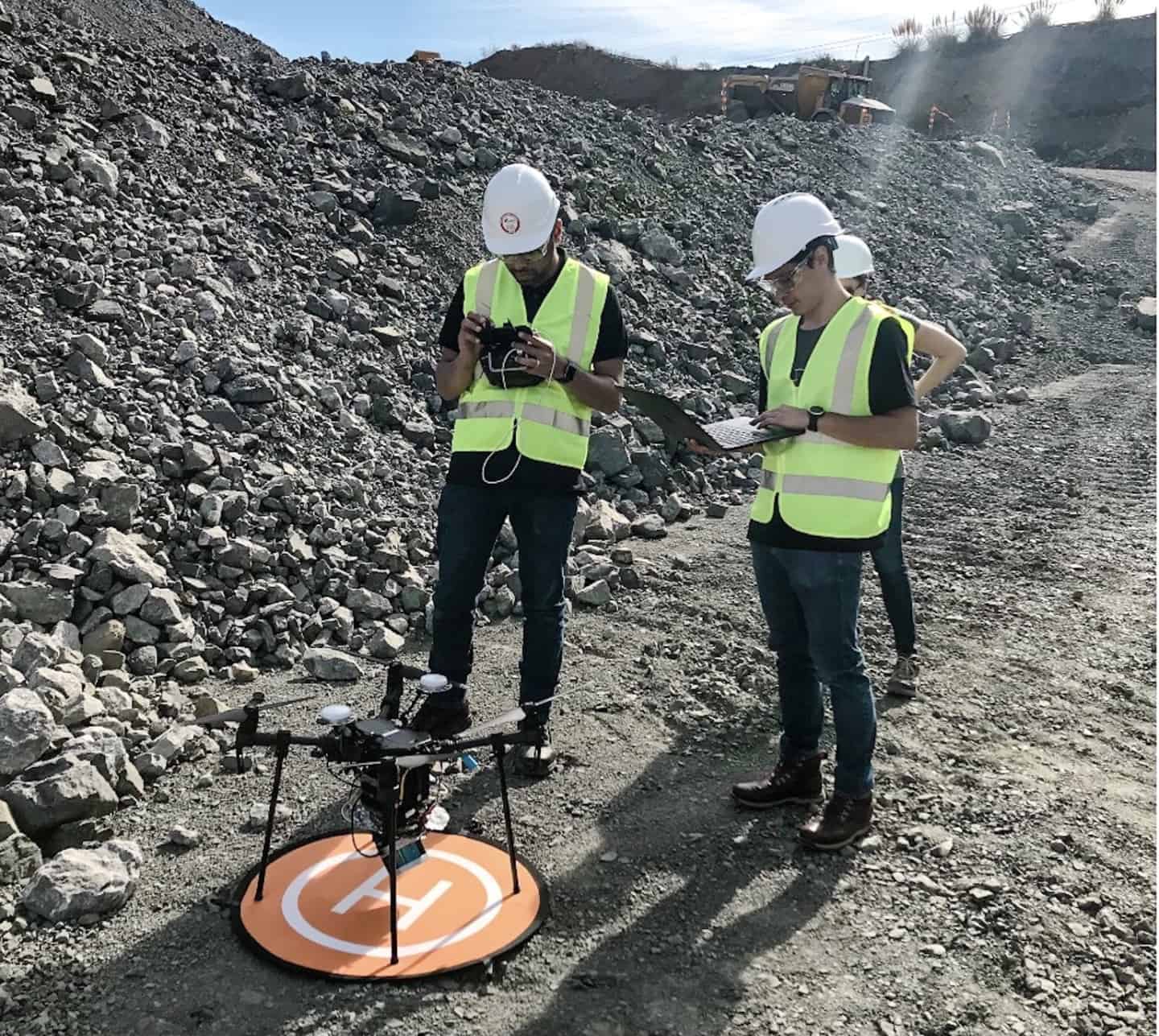By Andrew Maximow, SVP Electric Utilities
DJI, a dominant leader in the drone market, fulfilled several long-awaited prophecies earlier this week. While they are not really prophecies — more like “I told you so” moments, they have been brewing for quite a while. DJI published their Enterprise Product Lifecycle Status, announcing the end of production of many staple enterprises slated for later this year such as the Zenmuse XT2, XTS, Z30 camera payloads, the Mavic 2 Ent series, the M200v2 series and to everyone’s chagrin, the good ol’ reliable M600 Pro. At Firmatek, we’ve used just about all of them. The drone industry has relied on customizing the M600 for a variety of heavier payloads and it has served them well. The M600 will be missed.
Based on this announcement, one can conclude that DJI is consolidating their enterprise products around the M300 with its arsenal of H20T, P1, and L1 payloads. It is compact, agile and Mavic Advanced with purpose-built P4 platforms for the Enterprise market. While some lament the demise of the M600, it shouldn’t be a surprise as the writing has been on the wall for quite a long time.
Let’s unpack several trends we’ve seen unfold at DJI for the past couple of years:
- A new product mix with less customizable drones and more complete industry solutions, demonstrating an exit from the heavy lift industrial drone market.
- Departure away from the drone ecosystem in favor of more closed/proprietary systems.
DJI has been vocal about their ambition to own the entire technology stack from drone chassis to cameras, radio links, flight apps and data processing software. So far, they’ve dominated this evolution. Despite announcing and supporting an SDK, DJI started internalizing it’s product strategy several years ago. They systematically bifurcated from partners like FLIR and utilized their own components like LIVOX LiDAR, TERRA data processing, and others. Being placed on the US Entity list (ban on the export of US products to DJI) only accelerated their plans to consolidate their product mix, shift their industry focus, and shut down R&D offices in the US. Some say DJI even anticipated the US Entity list and started circling the wagons years ago. Their recent decision to openly compete with their dealer network by selling enterprise products directly to end-users supports their intent to go at it alone.
What does this mean to service providers like Firmatek who depend on UAV tools in the field to collect data and deliver insights to their customers? New relationship building is necessary. Market-based, data-driven decisions that lead to product consolidation happen all the time. I’m fine with that. There probably isn’t a big market for M600’s heavy lifters anymore, except for carrying Riegl payloads and a few other custom needs. I bet the margins on an M600 are lower than products like the P1, L1, and of course software. The problem is that abandoning the ecosystem leads to isolation from dealers and end-customers, the most valuable source of real-time product feedback and collaboration. Sure, I can order a drone from the DJI website, but I want to talk to their engineers. I want to have a relationship with their software developers. I want to chat with their industry solutions experts about what’s new on the horizon like Firmatek has done in the past. We are proud to have partnered with DJI on products such as the P4-RTK and the L1. These tools provided valuable product input and beta testing. But now, as DJI dismisses their US-based R&D offices and retreats to China, we are forced to rebuild our relationships. That is, if DJI is willing to do so with it’s customers as well.
Time will tell whether DJI’s lone wolf strategy will continue to deliver innovation and value. Will it be the open platform approach of Auterion and others that leverages the diversity of an ecosystem of technology players to make best in breed products?
Let us know what you think. What do you predict for the 2021 drone industry?
 About Andrew Maximow
About Andrew Maximow
Andrew Maximow joined Firmatek as the company’s first Chief Drone Officer and was named Senior Vice President of Electrical Utilities in 2021. Andrew spent his professional career in fast-growth technology domains, progressively moving from engineering to leadership roles. Prior to joining Firmatek, Andrew served as a managing partner with a Texas-based drone services company, Drone Dynamics, and led the Enterprise Services team at 3D Robotics. He possesses BS & MS degrees in Industrial and Systems Engineering.
Recent Articles:
Implications of the Recent FAA Remote ID Proposal
Predicting 2021 Technology for the Electrical Utilities Industry


